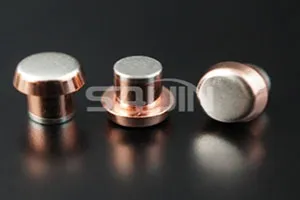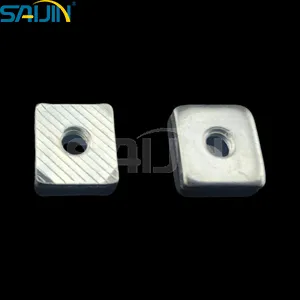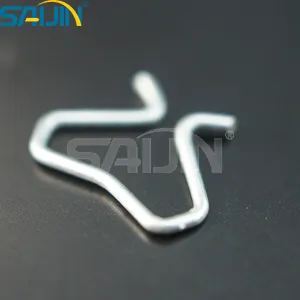There are three types of contacts in contact, namely point contact, line contact and surface contact. In the case of electromagnetic relays, the contact form of the contacts is mostly point contact. Common electromagnetic relays on the market have a set of contacts, two sets of contacts and three sets of contacts. In order to ensure the accidental failure of the contact itself due to quality problems during the experiment, and to ensure the contact contact pressure in the maximum space as much as possible, the experiment has abandoned the selection of a set of contacts and three sets of contacts. Electromagnetic relay, and choose an electromagnetic relay with two sets of contacts.
In the energized state, when the moving and static contacts are out of contact, if the current of the circuit to be disconnected exceeds a certain value (the different relay contact materials are different, the rated current is different), or the voltage across the contact gap is exceeded after the breaking When a certain value (different relay contact materials are different and the rated voltage is different), an arc is generated in the contact gap. The arc is actually a discharge phenomenon caused by a gas between the contacts under a strong electric field, which generates high temperatures and emits strong light and sparks. The existence of the arc not only burns the metal surface of the contact, reduces the life of the electrical appliance, but also prolongs the breaking time of the circuit, and even causes the contact failure of the relay, which may cause a fire or gas accident in severe cases. Therefore, in order to accurately detect the change law of contact contact pressure, it must be ensured that during the experiment, the current of the electromagnetic relay and the voltage applied to the two ends of the relay contact should not exceed the rated value.












